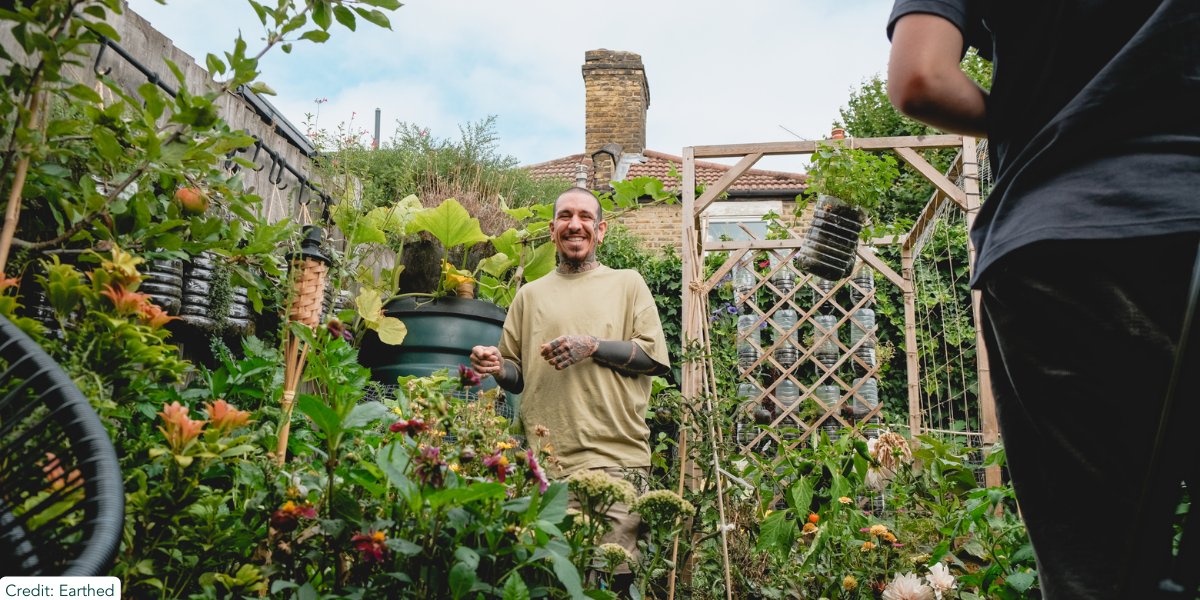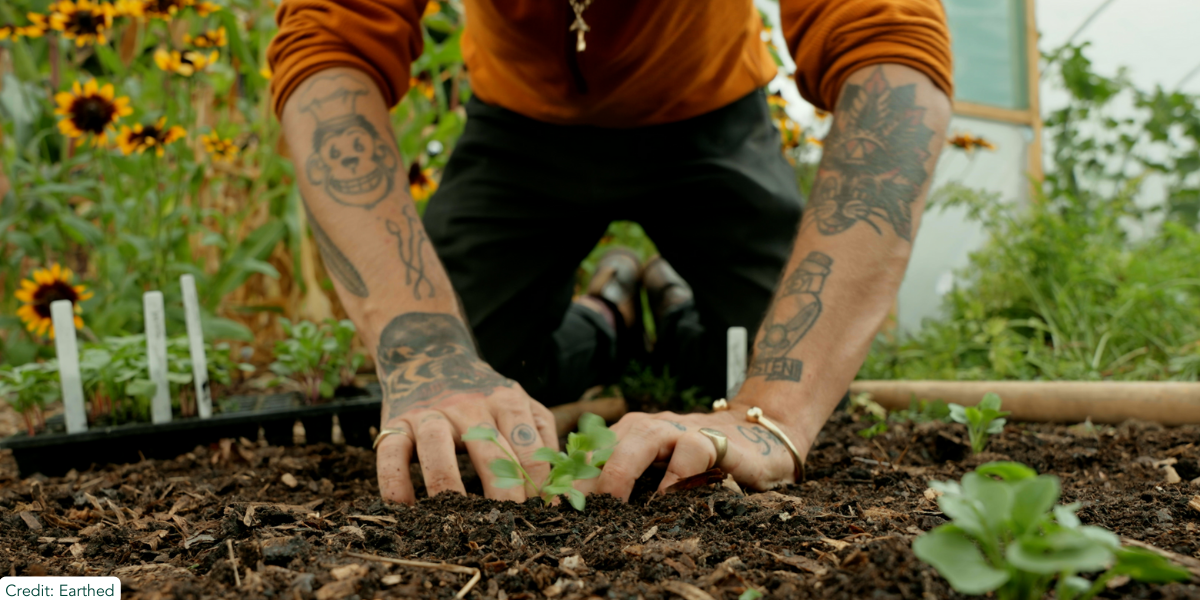How city-dwellers can create their own urban gardens
In the heart of bustling cities, where space is at a premium and concrete reigns supreme, a green revolution is quietly taking root.
Urban gardening, specifically the low-maintenance practice of no-dig gardening, is proving to be a game-changer for city-dwellers who yearn to connect with nature, grow food and cultivate abundance… even in the tiniest of spaces and with limited time.
The importance of “pocket gardens” in cities is essential for providing habitats for insects, birds and other wildlife. Such gardens can also help combat the urban heat island effect (in other words, when a metropolitan area is a lot warmer than the rural spaces surrounding it). That’s because plants release water vapour into the atmosphere, cooling the nearby area and reflecting more sunlight.
So how exactly can city-dwellers get started with creating their own “pocket gardens”? To find out, we spoke to our friends over at Earthed - the nature skills platform and charity - to bring you this guide to urban gardening.
1. Choose the right location
Evaluate your available space - whether that’s a sunny balcony, window box, flat rooftop, grassy verge or a compact backyard. Maximising sunlight is key.
2. Prepare the area
Depending on your chosen space, source the appropriate containers.
For a low-cost option, consider the upcycling king of urban gardening, Alessandro Vitale (@spicymoustace), pictured below. Vitale recommends sourcing HDPE-2 plastic containers (laundry detergents and other household products are often made from this - just look for the symbol). These containers do not omit chemicals and are frost and heat-resistant.
If you have a larger space but are low on time, consider No Dig Gardening, a technique championed by no dig expert Charles Dowding. Don’t dig up and replenish what already exists in an outdoor space, as that can be timely. Instead, lay down compost followed by cardboard to suppress weeds, then straw or leaves for insulation, and repeat. Efficient!
3. Planting and tending
Opt for plants that thrive in small spaces, such as herbs, leafy greens, compact vegetables, and even dwarf fruit trees.
Consider companion planting - in other words, planting groups of crops together which thrive together. Consider tomatoes, basil and marigolds, or peppers and spinach! (Learn more about companion planting here.)
4. Watering and maintenance
Urban gardens often need more frequent watering due to the heat absorbed by buildings and pavements. This is also particularly important with HDPE-2 containers. Use this as a mindful moment in your day; tap out of the digital and into the physical.
As the concrete jungle continues to expand, there has never been a more crucial time to embrace the beauty of urban gardening. By following the principles of no-dig gardening, you can transform your small urban space into a flourishing oasis that benefits both you and the planet.
So, seize that trowel and get ready to cultivate abundance right on your doorstep!
To enrol on courses including Urban Gardening, No Dig Gardening and Building Biodiverse Gardens, visit earthed.co and make a monthly donation of as little as £4 to become a member. Earthed also offers free access to those who cannot commit to a monthly donation.
Follow Earthed on Instagram at @Earthed.co.




